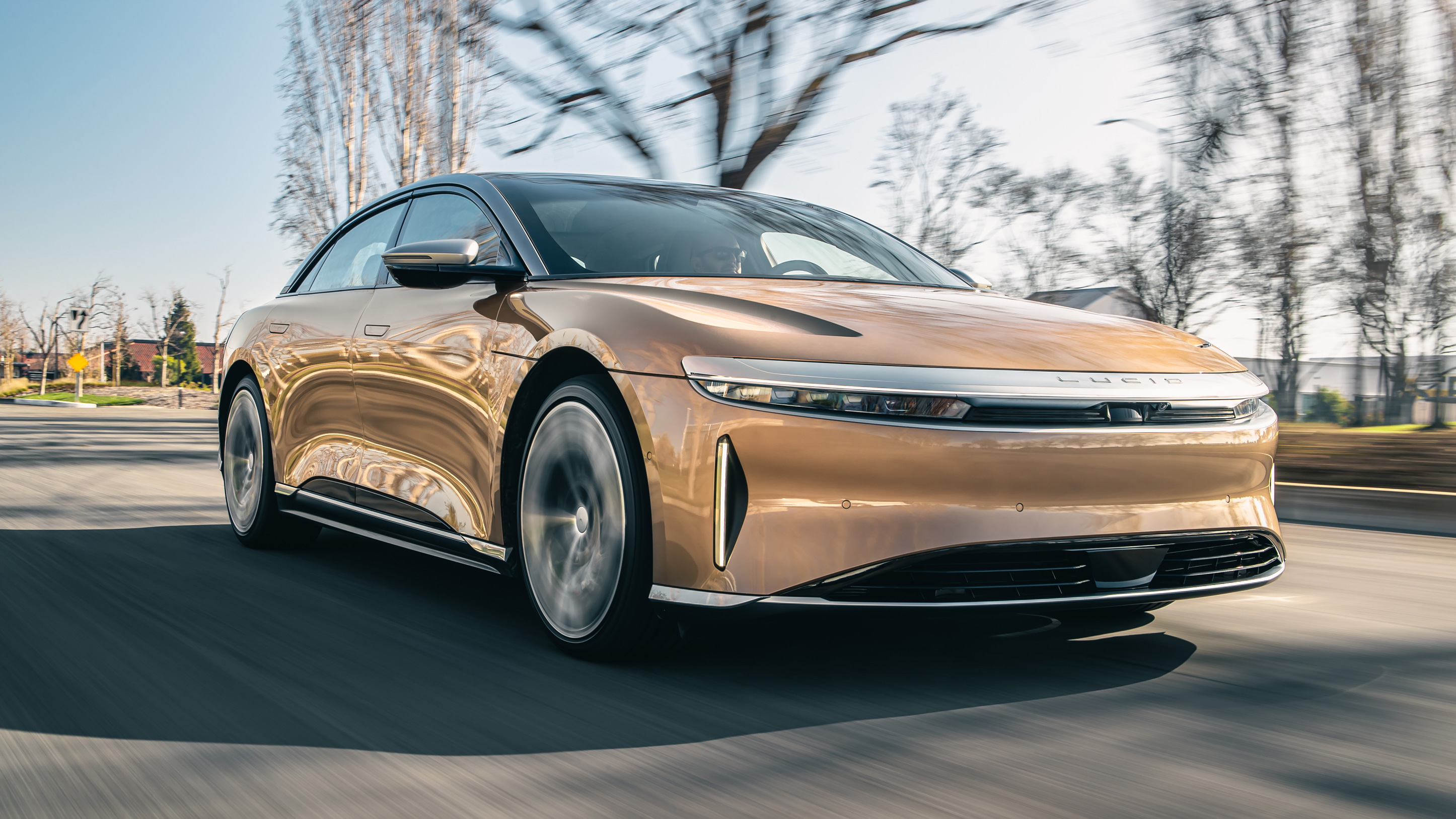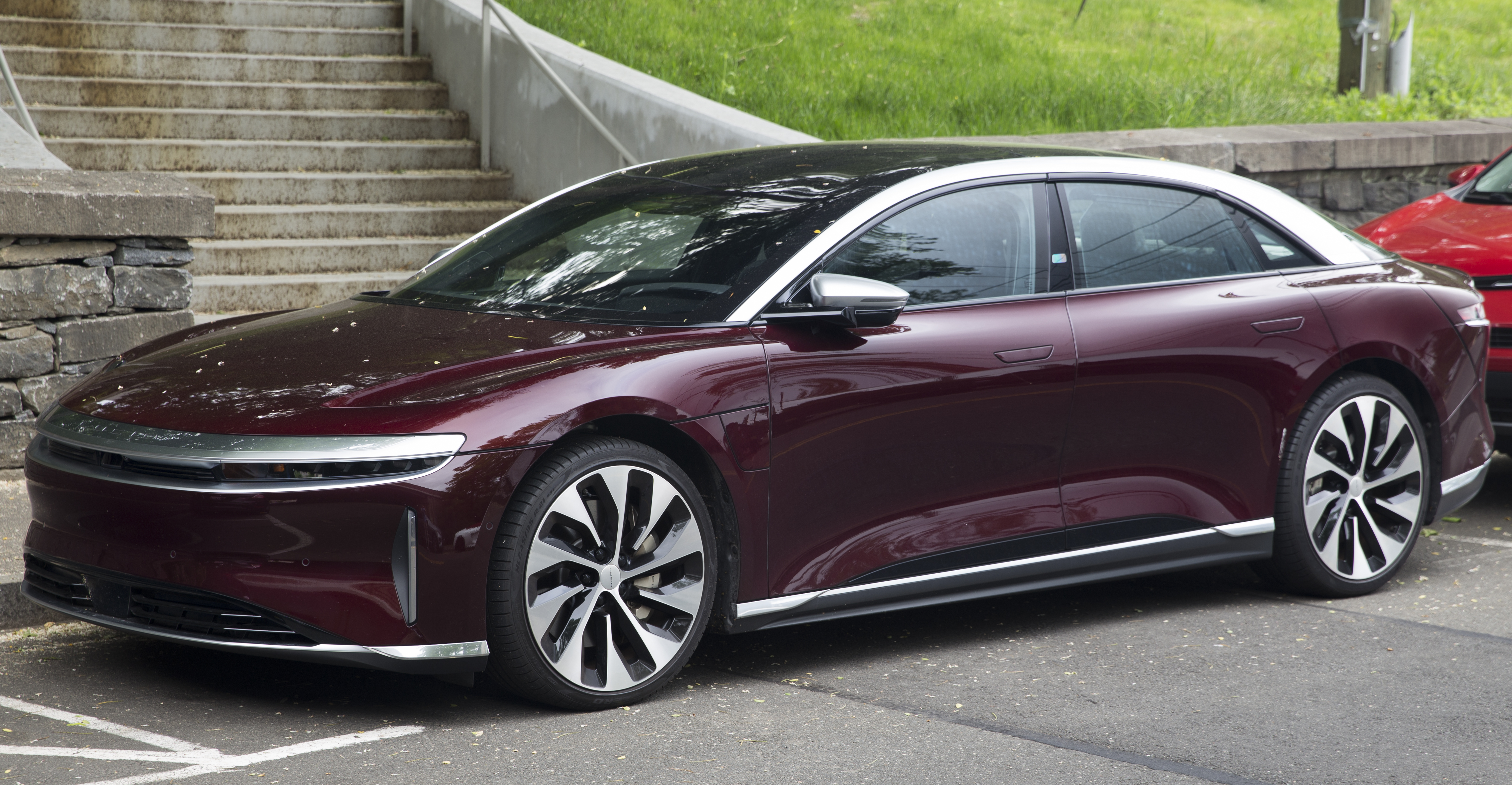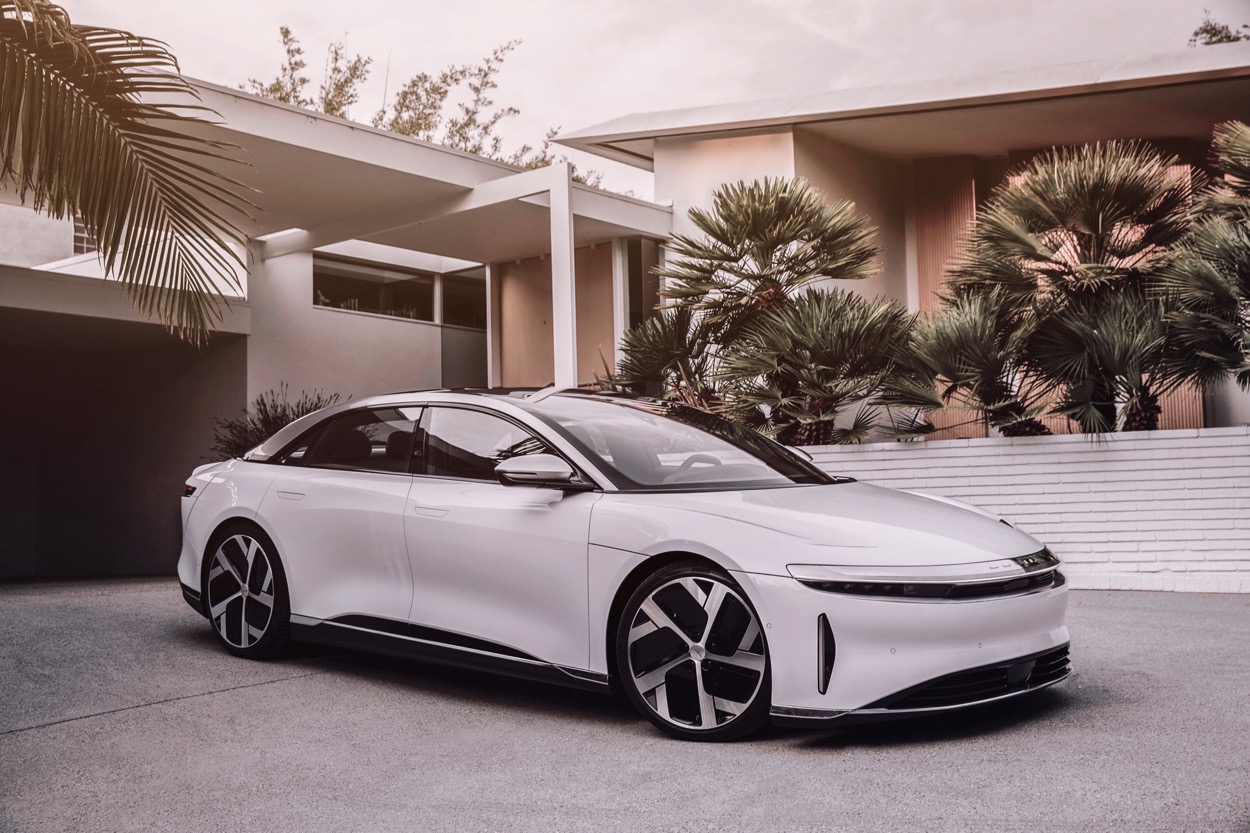“`html
The Air We Breathe: Electric cars and the Future of Cabin Air Quality
The Air We Breathe: Electric Cars and the Future of Cabin Air Quality
The rise of electric vehicles (EVs) is more than just a shift in powertrain technology; it’s a fundamental transformation of the automotive landscape, impacting everything from performance and efficiency to environmental sustainability. While the benefits of reduced tailpipe emissions are widely acknowledged, a less discussed but equally crucial aspect is the quality of the air we breathe inside these vehicles. This article delves into the intricacies of cabin air quality in electric cars, exploring the technologies, challenges, and future directions that are shaping this vital aspect of the EV experience.
The Silent Revolution: Cabin Air Quality and Health
For decades, the focus of automotive air quality has been on mitigating external pollution. With the advent of EVs, the absence of combustion engines eliminates the primary source of harmful emissions like nitrogen oxides (NOx) and particulate matter (PM). However, this doesn’t automatically translate to pristine cabin air. Internal sources of pollutants, external environmental factors, and the unique characteristics of EV systems all play a role.

The significance of cabin air quality cannot be overstated. We spend a considerable amount of time in our vehicles, especially during commutes and long journeys. Poor air quality can lead to a range of health issues, from respiratory problems and allergies to headaches and fatigue. In an era where public health is paramount, ensuring clean and healthy cabin air is crucial.
Beyond Particulate Filters: The Evolving Filtration Systems
HEPA Filters and Beyond
Traditional cabin air filters primarily target particulate matter, but the demands of modern EVs have necessitated more sophisticated filtration systems. High-Efficiency Particulate Air (HEPA) filters, commonly used in medical and cleanroom applications, are increasingly being adopted in EVs. These filters can capture extremely fine particles, including PM2.5 and even viruses and bacteria, providing a significantly higher level of protection.
However, HEPA filters alone are not sufficient. Gases and volatile organic compounds (VOCs) can still penetrate the cabin. This has led to the development of combination filters that incorporate activated carbon and other adsorbent materials. Activated carbon is highly effective at trapping gases like ozone, NOx, and sulfur dioxide, as well as VOCs emitted from interior materials.
Advanced Filtration Technologies
Innovation continues to drive the evolution of filtration systems. Electrostatic filters, for instance, use an electric charge to attract and trap particles, offering high efficiency with minimal pressure drop. This technology can be particularly effective in capturing ultrafine particles that are difficult for traditional filters to capture.

Another promising area is the development of photocatalytic filters. These filters use ultraviolet (UV) light to activate a catalyst, typically titanium dioxide, which can break down pollutants into harmless substances. This technology can eliminate a wide range of contaminants, including bacteria, viruses, and VOCs, offering a comprehensive approach to air purification.
The Influence of EV Design and Materials
Battery Thermal Management and VOCs
One of the unique challenges in EV cabin air quality stems from the battery thermal management systems. Lithium-ion batteries generate heat during charging and discharging, and maintaining optimal operating temperatures is crucial for performance and longevity. These systems often involve circulating coolant through the battery pack, which can potentially release VOCs into the cabin air.
Manufacturers are increasingly focusing on selecting materials and coolants with low VOC emissions. This involves rigorous testing and certification processes to ensure that interior materials, including plastics, adhesives, and textiles, meet stringent air quality standards.
Cabin Sealing and Ventilation
Effective cabin sealing is essential for preventing external pollutants from entering the vehicle. However, it can also lead to the accumulation of internal pollutants if ventilation is inadequate. Modern EVs employ sophisticated ventilation systems that monitor air quality and adjust airflow accordingly. This includes recirculating air through the filtration system and introducing fresh air from outside when necessary.

Advanced climate control systems can also play a role in maintaining optimal air quality. Some systems incorporate sensors that detect pollutants and automatically activate air purification modes. This level of automation ensures that the cabin environment remains clean and healthy, even in heavily polluted areas.
External Factors and Urban Environments
Air Pollution and Urban Driving
Despite the absence of tailpipe emissions, EVs are still subject to the external air pollution prevalent in urban environments. Traffic congestion, industrial emissions, and construction activities can all contribute to high levels of particulate matter and gases. In these conditions, the effectiveness of the cabin air filtration system is paramount.
EV manufacturers are increasingly focusing on developing systems that can adapt to varying levels of external pollution. This includes using advanced sensors to monitor air quality in real-time and adjusting filtration and ventilation accordingly. Some systems even incorporate predictive algorithms that can anticipate pollution levels based on location and time of day.
Wildfires and Extreme Events
The increasing frequency and intensity of wildfires and other extreme weather events pose a significant challenge to cabin air quality. Wildfire smoke contains high levels of particulate matter and toxic gases, which can penetrate even the most sophisticated filtration systems. In these situations, the ability to quickly and effectively purify the cabin air is crucial.
EV manufacturers are exploring ways to enhance the resilience of their filtration systems to extreme events. This includes developing filters with higher capacity and efficiency, as well as incorporating emergency air purification modes that can quickly remove pollutants from the cabin.
The Role of Technology and Connectivity
Air Quality Monitoring and Data Analysis
The integration of advanced sensors and connectivity technologies is transforming the way we monitor and manage cabin air quality. Real-time air quality data can be collected and analyzed to provide insights into the effectiveness of filtration systems and the prevalence of pollutants.
This data can also be used to develop predictive models that can forecast air quality conditions and provide recommendations for optimizing ventilation and filtration. For example, the vehicle’s navigation system could provide information on upcoming areas with high pollution levels, allowing the driver to activate air purification modes in advance.
Smart Cabin Systems and User Experience
The future of cabin air quality lies in the development of smart cabin systems that can seamlessly integrate with other vehicle functions and provide a personalized user experience. This includes the ability to customize air purification settings, monitor air quality in real-time, and receive alerts when maintenance is required.
Mobile apps and cloud connectivity can also play a role in enhancing the user experience. For example, users could remotely monitor cabin air quality and activate air purification modes before entering the vehicle. This level of control and convenience can significantly improve the overall driving experience.
The Future of EV Cabin Air Quality
Standardization and Regulation
As the EV market continues to grow, there is a need for standardization and regulation of cabin air quality. This includes establishing clear guidelines for testing and certifying filtration systems, as well as setting limits for VOC emissions from interior materials. This will ensure that all EVs meet a minimum standard of air quality, regardless of manufacturer.
Collaboration between industry, research institutions, and regulatory bodies is essential for developing effective standards and regulations. This will help to drive innovation and ensure that the latest technologies are incorporated into future EVs.
Sustainable Materials and Manufacturing
The pursuit of sustainable transportation extends beyond reducing tailpipe emissions. It also includes minimizing the environmental impact of vehicle manufacturing and materials. This involves selecting materials with low VOC emissions, using recycled and renewable resources, and adopting manufacturing processes that minimize waste and energy consumption.
The development of bio-based materials and biodegradable filters is a promising area of research. These materials can reduce the environmental footprint of EVs and contribute to a more sustainable automotive industry.
Personalized Air Purification
The future of EV cabin air quality may also involve personalized air purification systems that can cater to the individual needs of drivers and passengers. This could include the ability to customize filtration settings based on allergies, sensitivities, and preferences.
Advanced sensors and AI algorithms could be used to monitor individual health parameters and adjust air purification accordingly. This level of personalization could significantly enhance the health and well-being of vehicle occupants.
Conclusion
The transition to electric vehicles is not just about reducing emissions; it’s about creating a healthier and more sustainable future. Cabin air quality is a crucial aspect of this transformation, and the advancements in filtration technology, material science, and connectivity are paving the way for cleaner and healthier in-vehicle environments.
As we move towards a more electrified transportation landscape, the focus on cabin air quality will continue to intensify. By prioritizing innovation, collaboration, and regulation, we can ensure that the air we breathe inside our EVs is as clean and healthy as the air we aspire to create outside.
“`



